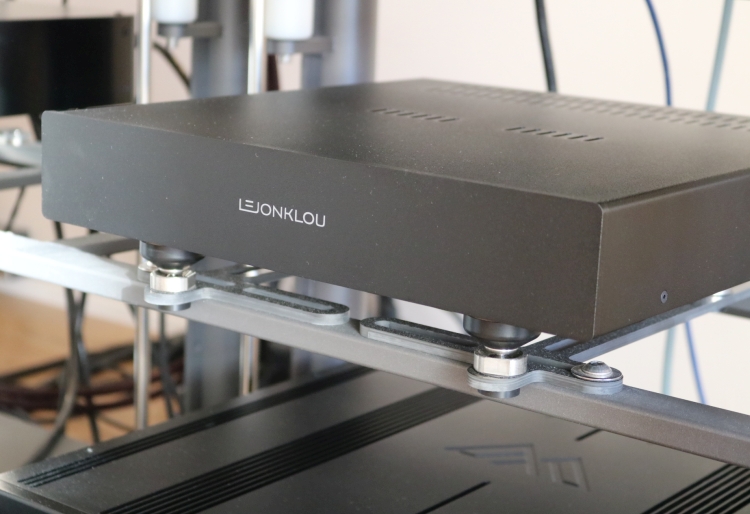
Review sample supplied by hexagonaudio
Retail price in the NL (incl 21% VAT): 5.900 euro
The Källa (pronounced “Kijalla”) is a single-purpose network player with a built-in DA converter. Its appearance is simple and elegant. The unit contains no buttons and not even a status LED, requires no configuration, and there are zero options to choose from. In fact, it can only be connected in one way. Simply feed it power and a network cable and connect its outputs to a preamp, integrated amp, or active speakers, and that’s really all there is to it.
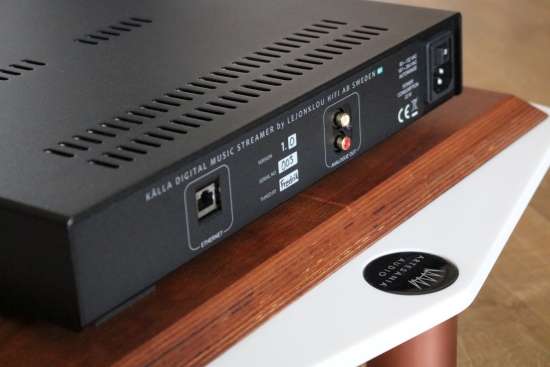
The Källa’s primary intended use is to play from audio streaming music services such as Spotify, Qobuz, Tidal, and Apple Music. As a control point, you can use any device that runs iOS, iPadOS, MacOS, or TVOS, so basically, anything made by Apple.
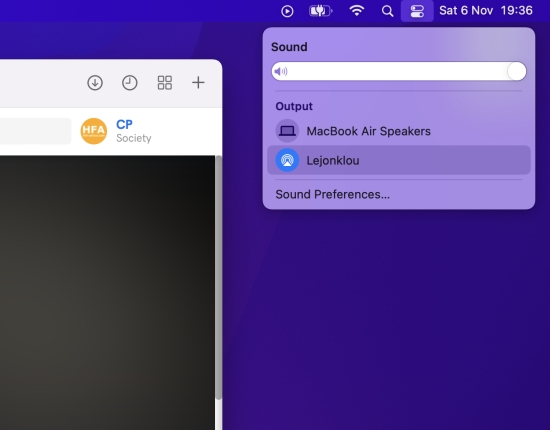
The Apple OS automatically recognizes the Källa as a compatible speaker on the network
The decision to make the Källa work only with Apple devices is made consciously because the designer’s aim was to keep it as simple and effective as possible while minimizing the potential for external influences such as 3rd party software updates to ruin the experience, or worse, the sound quality. By limiting the compatibility, the chance that every user achieves the same results is maximized. Think about it: the more services a device needs to be compatible with, the more software it must run and the more potential there is for dependabilities and cross-contamination. But the Källa is not limited to streaming apps only. For instance, it also works with Roon which runs on Apple, Linux, and Windows operating systems.
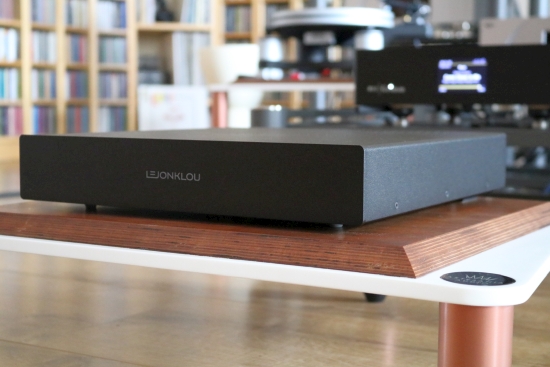
The Källa may be simple, small, and lightweight, but it is also beautiful in its elegance. But don’t let its minimalistic design fool you. Designer Fredrik Lejonklou is such a purist that he’s obsessive with all of the component’s details such as which casing, feet, connectors, and internal components to use or what to leave out. This fanaticism extends to details such as how many o-rings there need to be between the feet and the unit’s underside and even to the ideal tension to use for all the component’s cabinet screws. Also, the supplied power cable may look like any other standard freebie cable but even this part is specially selected to be ideal for the component. In short, everything added, or taken away, is done to maximize the musical enjoyment.
The Lejonklou sound
As someone who has heard multiple Lejonklou components, I’d say that there are a few common traits such as refinement, resolution, neutrality, ease, and flow. As Fredrik puts it himself when asked: “There is no ideal sound and we did not evaluate the Källa that way – only that listening to music with it should be more thrilling than with anything else. It should be a machine that you want to play music with all the time.” Well, that pretty much says it all, doesn’t it? Ultimately, all that matters is that you can get moved by the music or get lost in it.
Review Context
I will be comparing the Källa to various other digital music sources using a range of control devices and apps. The Aqua LinQ is my current reference Network Player and as such it will be the primary source for comparison. The Grimm MU1 and the Antipodes K50 are my current reference Music Servers and these will function as secondary comparison material.
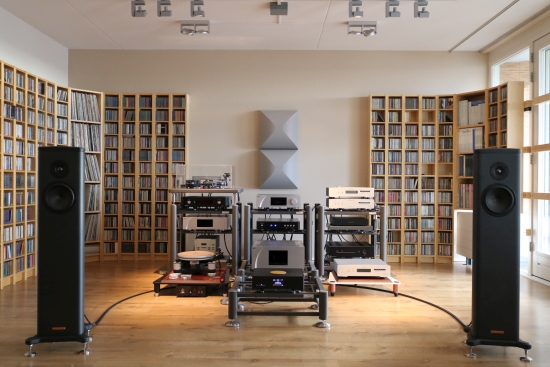
I know, the loudspeakers are too dark… this is the result of my having incrementally moved them forward beyond the reach of the overhead spots. But I’m working on installing a new light rail as we speak. The next setup image should be well-lit again!
When comparing the Källa with the LinQ, I also include the Formula xHD DAC with V2 output board, because the LinQ is digital-only. I should note that this is unfairly comparing a 6000 euro integrated network player to a network interface+DAC duo costing three times as much. Alas, the same goes for the comparisons with Music Servers which are respectively almost twice and almost three times as expensive as the Källa.
Besides my own components, there are two review components that are also available for comparison which are the 8700-euro Grandinote Volta and the 5400-euro COS D10 (review forthcoming). Of these two, only the COS with its optional network module sits in more or less the same price bracket as the Källa. But, unfortunately, the COS can’t really serve properly in this comparison because it contains an analog preamp section that cannot be bypassed. Nevertheless, I will make references to it, where I think this is appropriate.
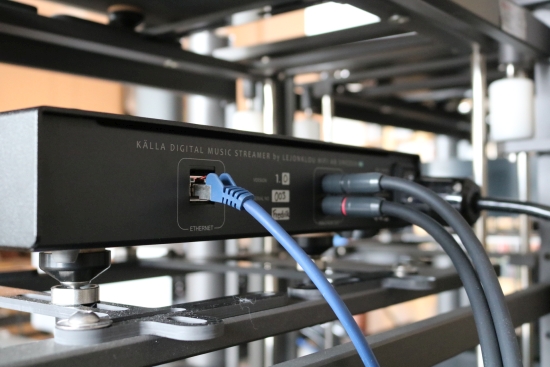
All the network players’ outputs are routed via Driade Flow Link Reference 808 RCA cables to an Audio-GD Master 1 preamp that is connected to the CH A1.5 power amplifier via Driade Flow Link Reference 808 XLR cables. The speakers are Magico S1 mkII, connected via Jorma Trinity speaker cables.
More details about the review system can be found here.
Given the option between UPnP and HQPlayer in relation to the Aqua LinQ, I’m using the former for this comparison, as it allows me to directly compare the same Qobuz app and music source, streamed directly either to the Källa or to the LinQ. Alternatively, I used Bubble UPnP on a Samsung Android tablet and jRiver Media Center on a Windows PC to play local music files.
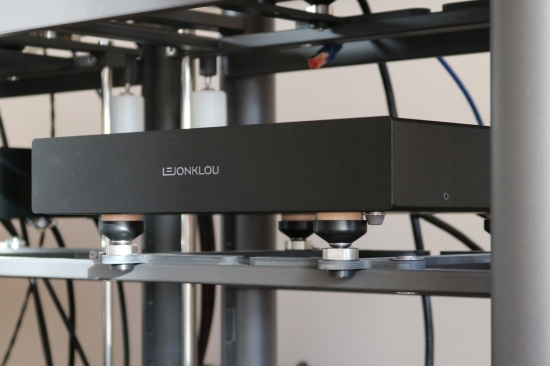
Next: on bypassing the component feet.
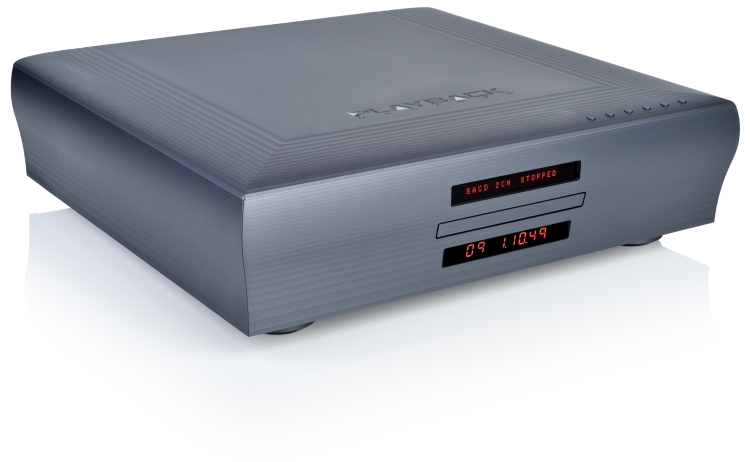







Hi Christiaan,
thanks for the review.
You showed a photo with Källa sitting on an Artesania Modular Rack but afaik there was no description how it sounds on this rack. I suppose that the sound signature of this rack would be the best match for Källa.
What do you think about?
Did you try it with this rack?
Thanks again
Matt
Hi Matt, indeed, in order to not add too many variables to the review, I left out my impressions of the Floor Stand. But your hunch is correct: the Artesania Modular Rack or Floor Platform makes a great sonic match with the Källa. Just note that the Källa’s feet release an oily substance that permeates the wood and cannot be removed. You can counteract this by using a floor disc or anything flat and hard but do note that these intermediate discs add a sound of their own. Especially metal discs add an edge that I don’t think works well with the Källa. The best and least “sounding” pads that I found are the Artesania Neoprene discs. All they do, compared to directly placed feet, is to gently round the bass and reduce the solidity and incisiveness. There are many other compliant rubber-like materials that you can use that don’t make stains but when Fredrik uses these specific ones, you can bet that it’s going to be hard.
Hi Christiaan,
which DAC was the partner of the Grimm and Antipodes server when you made the comparison with Källa?
Thanks
Matt
That was the Aqua Formula xHD.
Hello – just a gentle request: perhaps from time to time you might use Tidal as a streaming source? After many attempts to clarify signal resolution with them, your thoughts/experiences – by comparison with other soources within equipment reviews – would be highly valued.
Hi DR, In the vast majority of my comparisons, sonically, I preferred Qobuz over Tidal. I prefer to have my files delivered in a format as close to native as possible, and as such, I am also not a fan of MQA. Naturally, I have made comparisons using specially prepared MQA vs FLAC files but the outcome was in part inconclusive (neither better nor worse), part good (MQA better than FLAC), and part bad (MQA sounding processed to my ears). Then there’s the rumor that FLAC files on Tidal are actually real-time converted MQA’s which, if true, is not great, either. At this moment, there’s not a compelling argument for me to add Tidal.
Understood. I appreciate your position on this. I’ve not auditioned Qobuz – was not enthused about the interface when I visited – but the only issue for me is that I’ve simply made an investment over the years in Tidal – playlists, albums, etc. – and starting over is daunting. I use and enjoy your reviews, and very much look forward to your new postings. Best thoughts.
Christian,
An excellent and thorough review as usual I am sure this is an excellent sounding device but it seems to me a bit of a dead end product. The simple inclusion of a digital output would give an easy upgrade path and more versatility to the end user. I do understand the attraction for a closed system sonically but with streaming devices I feel like feature set matters as much as sound quality in some cases maybe even more.
It’s quite funny how the device used as a controller can influence the sound, when I first got my Auralic Aries Mini I controlled it with my Iphone. I eventually got an Ipad Mini just to use as a controller and the jump in SQ was immediate and to me inexplicable. But that’s audio for you.
Cheers,
Jon
Hi Jon, I agree it won’t be the ideal device for everyone but the big variance among all the steps involved (controller-streamer-interface-DAC etc) is precisely the reason why the designer chose a closed design. Best, CP
Hello. Thank you very much for this review. Having tested this device, I totally agree with many of the points, and in particular with its amazing qualities.
Just a small disagreement; for me, the device is not limited to the Apple environment (which might scare some people away). Roon allows you to be free from this (you can control the Roon server with android devices). Am I wrong?
You are right and I also mention Roon in the review:-)
Oh yes Christian ! But i was thinking of this particular sentence in your conclusion (and some people only read the conclusions 😉 : “With the Källa network player, designer Fredrik Lejonklou made a very conscious decision to limit the device’s compatibility to Apple control points.” It might dissuade some non-Apple guys from discovering this beautiful streamer. But I don’t want to dwell on it 😉
Ok, fair point. I’ve now added it to the conclusion as well:-). Do please note that Roon is not the recommended method for obtaining the best sound from it.
I enjoyed your youtube review. I wondered what the background jazz was?
That was free-to-use YouTube stock music. Sorry, I don’t recall the artist and don’t have the edit project at hand to check.
No worries. Thanks for replying!